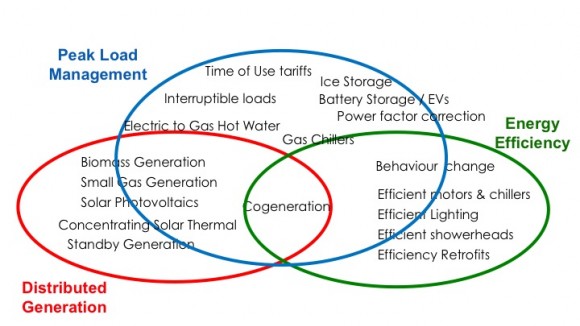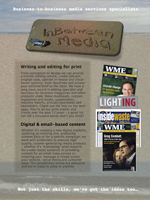 Interactive maps of Australia’s electricity grid will help identify the most valuable locations to invest in renewable energy and demand management within the grid.
Interactive maps of Australia’s electricity grid will help identify the most valuable locations to invest in renewable energy and demand management within the grid.
The online resources, developed by the Institute for Sustainable Futures (ISF) at the University of Technology Sydney, fill an information gap by providing clear, consistent and timely information on where alternatives to building new electricity network infrastructure deliver the greatest economic benefit.
“Making this information freely and publicly available will help to build the market for decentralised energy resources, optimise grid infrastructure investments and thereby work to lower electricity bills,” ISF research director Chris Dunstan said.
This work by UTS, supported by the Australian Government through the Australian Renewable Energy Agency (ARENA), is a step towards reducing peak electricity demand and showing where renewables can add the most value.
These first maps present sample data provided by electricity network service providers on network constraints, planned investments and the potential value of decentralised energy resources in networks across the Australian National Electricity Market (NEM).
These will allow providers, their customers, and proponents of non-network alternatives to develop a common understanding of the potential value of reducing peak electricity demand in different parts of the network.
ARENA is providing $453,000 funding to ISF to support the $1 million project.
The mapping data is hosted on the Australian Renewable Energy Mapping Infrastructure (AREMI) platform, which is also being developed with funding support from ARENA.
Acting ARENA CEO, Ian Kay, said the maps could encourage increased renewable energy investment by showing where renewables can add the most value in the NEM.
“The inclusion of the maps on the AREMI platform will complement other energy resource and infrastructure datasets. This is a clear demonstration of how our support facilitates knowledge sharing to eliminate barriers and accelerate the uptake of renewable energy,” Kay said.
ISF is inviting feedback, from stakeholders via a survey to refine the sample maps for the first full map iteration, which will include complete data from all network service providers, and will be made available in May 2016.
In addition to ARENA, the project is receiving funding from NSW Department of Industry, Ergon Energy and UTS. The project is also supported by Electranet and TransGrid.


Comments are closed.